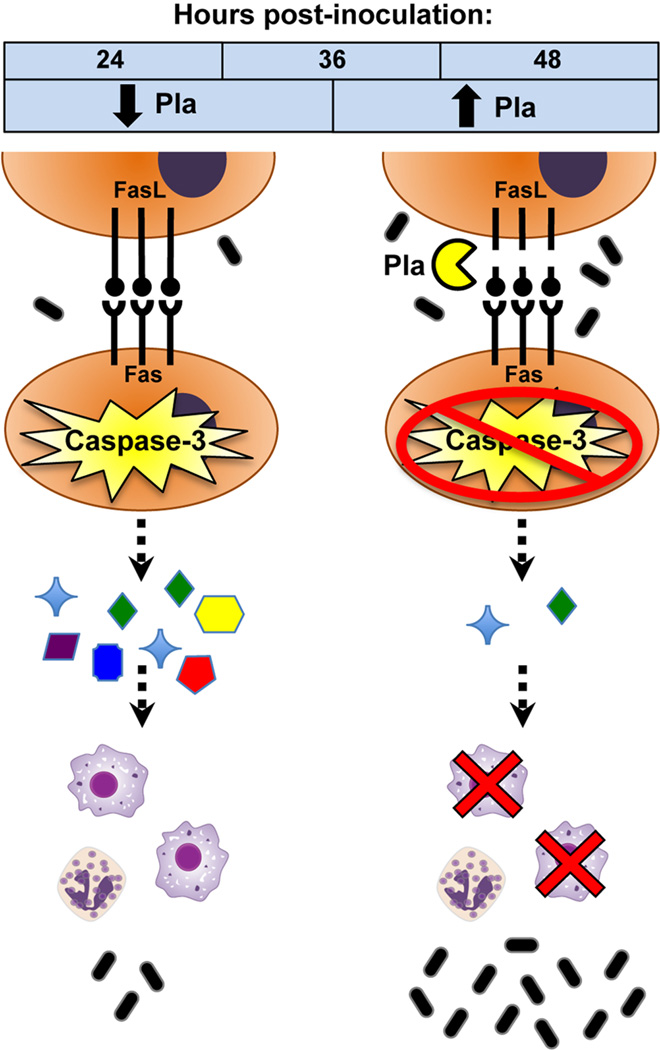Figure 7. Model of FasL inactivation by Pla during pneumonic plague.
Upon pneumonic infection with Y. pestis, Fas-FasL signaling is induced to activate caspase-3 in the lungs. Caspase-3 activation is required for the host to elicit an optimal inflammatory cytokine response as part of host innate defenses. As part of its pathogenic strategy, Y. pestis utilizes Pla, which is upregulated during later stages of disease to degrade FasL and prevent caspase-3 activation. Downstream immune responses are altered, including cytokine secretion and macrophage recruitment, resulting in the enhanced virulence and outgrowth within the lungs of this bacterial pathogen.

